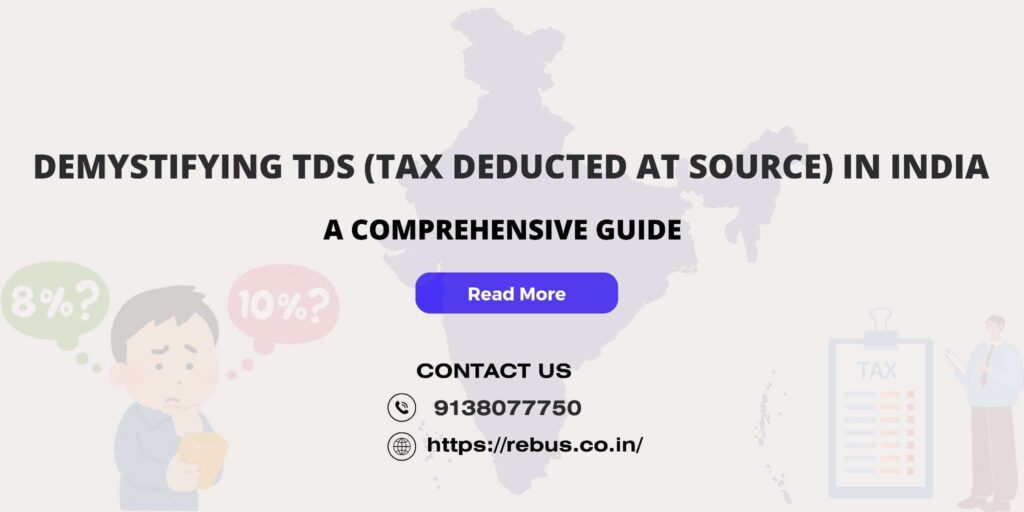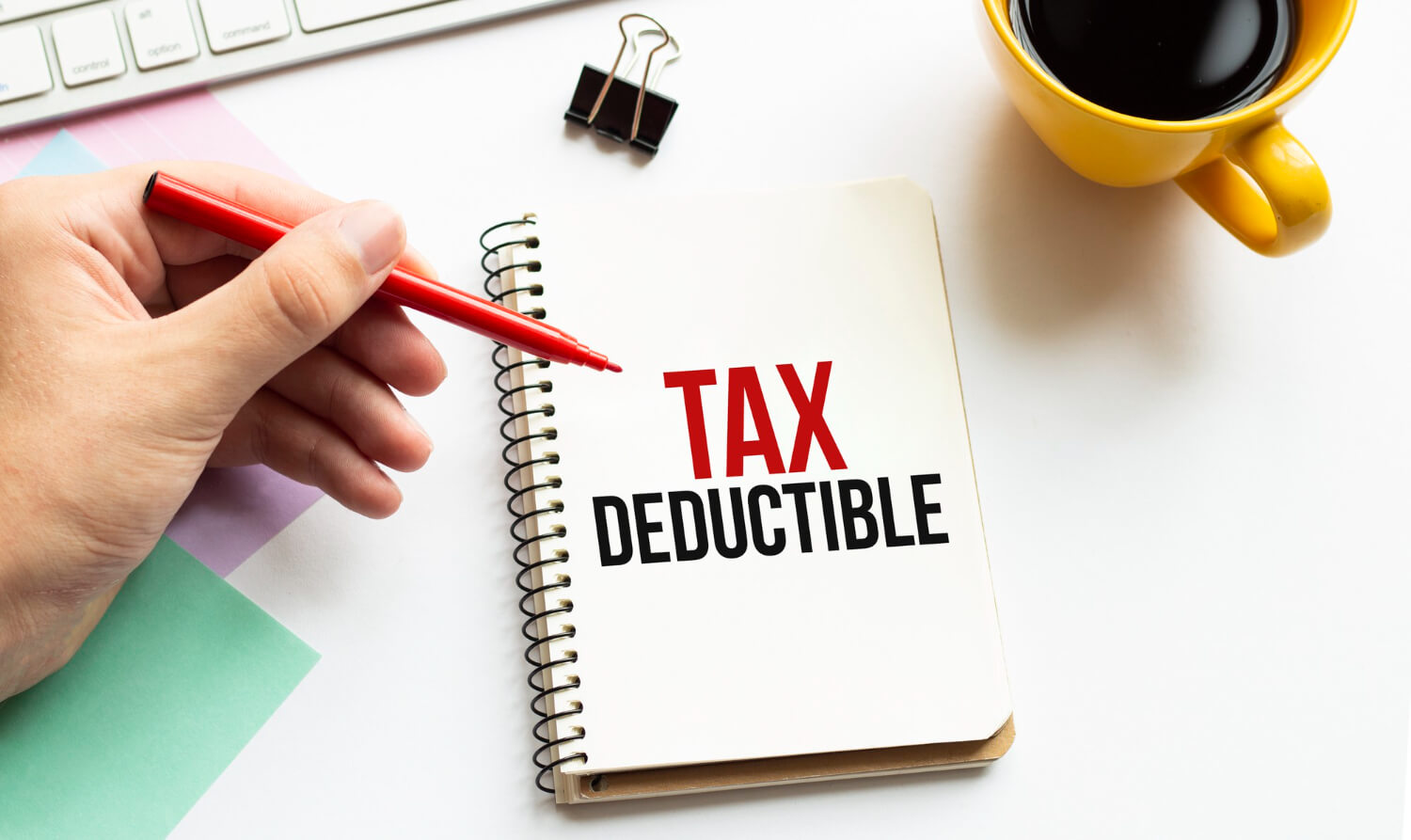A tax Deducted at Source, or TDS is a small percentage of your payment deducted by the organization that is sent to the government as tax. Everyone should be aware of this as failing to do so could result in charges or legal issues.
For individuals, it helps them manage their tax responsibilities and promotes an on time ITR submission. It increases business efficiency by making tax deductions easier.
This blog aims to make TDS easier to understand, along with its importance for both individuals and organizations.

What is TDS?
TDS is a system introduced by the Income Tax Department of India to collect taxes at the source from where income is generated. It keeps tax avoidance and guarantees a regular source of income for the government.
The provisions related to TDS are explained in sections 190 to 206C of the Income Tax Act, 1961. The rates, procedures, and responsibilities of the deductors and deductees are given in these sections.
A deductor, who deducts taxes, a deductee, who gets income, and the government, which gradually receives tax money, are involved in the TDS process.
Salaries, interest, rent, professional fees, commissions, and royalties are examples of the payment types that are subject to TDS. The responsibility is on the deductor to pay the appropriate tax and deposit them with the government before the due date.
TDS Rates and Thresholds
Different TDS Rates for Different Types of Payments
| Section | Name | Rate (%) |
| 192 | Salary | Variable |
| 193 | Interest | 10 |
| 194A | Interest other than Interest on Securities | 7.5 |
| 194B | Crossword Puzzle/ Game | 30 |
| 194C | Contractor – Annual Aggregate Payment | 2 |
| 194DA | Payment to life insurance policy | 1 |
| 194E | Payment to Non-resident Sportsmen or Sports Associations | 20 |
| 194EE | Payment to deposit under National Savings Scheme | 10 |
| 194F | Repurchase of Units by Mutual Fund or UTI | 20 |
| 194H | Commission | 5 |
| 194IB | Rent by Individual or HUF not liable to tax audit | 5 |
| 194IC | Payment under Joint Development Agreements | 10 |
| 194J | Professional or Technical Services | 10 |
| 194K | Income in respect of Units of Mutual Fund | 10 |
| 194LA | Compensation on Transfer of Certain Immovable Property | 10 |
Threshold Limits for Applicability
TDS is applicable when the payment crosses certain threshold limits.
For example:
Professional Fees: ₹30,000 per payment or ₹1,00,000 annually.
Salary: No threshold, TDS applicable.
Interest: ₹5,000 for banks and ₹10,000 for others.
Contractor Payments: ₹30,000 for a single payment or ₹1,00,000 annually.
Rent: ₹2,40,000 annually.

Recent Changes or Updates in TDS Rates
TDS (Tax Deducted at Source) is a crucial aspect of tax compliance in India. Let’s know about in detail:
TAN (Tax Deduction and Collection Account Number):
A unique 10-digit alphanumeric code known as TAN is given to organizations in charge of deducting or collecting taxes at the source. It is required for all TDS deductors.
TDS Certificate:
Form 16A for non-salaried payments and Form 16 for salaried payment are included in this. The amount of TDS deducted and submitted to the government is found in these certificates.
TDS Challan:
This form is used to submit TDS to the government. Challans include details such as the tax deducted, assessment year, and TAN.
TDS Return:
It’s a statement filed to the Income Tax Department, summarizing TDS deductions made and deposited during a specified period.
Understanding TDS Deduction Process
Here’s a concise guide to understanding the TDS (Tax Deducted at Source) deduction process:
Obligations of the deductor:
As a deductor, it’s crucial to deduct TDS as per the rates prescribed by the Income Tax Act. You need to obtain a TAN (Tax Deduction and Collection Account Number) and provide it in all TDS-related documents. Timely deposit of TDS to the government is mandatory.
Procedures for TDS deduction:
- Identify payments that are subject to TDS as well as calculate the amount to be deducted using the provided rates.
- Whenever payment or credit comes TDS is deducted.
- Give the deductee, TDS certificate which contains details about the deduction.
Consequences of non-compliance:
Penalties and interest can occur if TDS is not deducted or deposited within the specific time. Legal complications and the rejection of expenditures are additional consequences of non-compliance.
TDS Exemptions and Deductions
List of payments exempt from TDS
List of payments exempt from TDS includes certain categories like interest earned on savings account up to ₹10,000, dividend income below ₹5,000, and payments to the government. Additionally, income from certain bonds, like NHAI and REC bonds, are also exempt from TDS.
The right to claim deductions is provided by multiple sections of the Income Tax Act to the deductee.
For example,
- Investments in Provident Funds, ELSS, and life insurance premiums are taxable under Section 80C.
- Sections 80E and 80D allow deductions for interest on education loans and health insurance premiums.
The particular provision specifies the conditions for obtaining exemptions and deductions.
For example,
- Interest on a savings account must not exceed ₹10,000 to qualify for the exemption.
- Similarly, a ₹1.5 lakh upper limit on deductions under Section 80C, and certain investments have a lock-in period.
- To increase tax benefits while maintaining legality, it is important to understand these conditions.
Here are five frequently asked questions (FAQs) related to TDS in India:
What is TDS, and how does it work?
Under the TDS system, taxes are deducted when certain payments are made, such as rent, interest, salaries, etc. TDS removes tax evasion and guarantees a constant supply of revenue to the government.
What are the common types of payments subject to TDS?
Common payments that are included in TDS are salary, commission, rent, interest on FDs, professional fees, and payments to contractors. These deductions are applied to the payments at specified rates.
How can I check if TDS has been deducted from my income?
Using Form 26AS, it is available on the Income Tax Department website, you can verify your TDS deductions. It provides all tax-related information, including TDS deducted by various organizations.
What should I do if TDS is deducted at a higher rate than required?
When completing your ITR, you have the option to request a refund if TDS is deducted at a higher rate. Check all required documentation and submit a refund request.
What are the consequences of non-compliance with TDS regulations?
Penalties and interest costs may result from Non-compliance with TDS requirements. Additionally, it may result in legal actions like prosecution, which may include imprisonment.

Leave A Comment